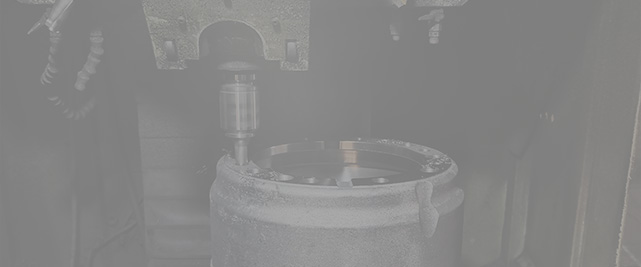Sep . 23, 2024 20:35 Back to list
Converting Brake Drums to Disc Brakes for Improved Performance and Safety
Converting from Brake Drums to Disc Brakes A Guide
The transition from brake drums to disc brakes has become a trending topic in the automotive industry, particularly among car enthusiasts and those looking to enhance the performance of their vehicles. Understanding the differences between these two braking systems and the process involved in converting from drum brakes to disc brakes can significantly improve safety and overall driving experience.
Understanding Brake Systems
Brake drums and disc brakes are two types of braking systems used in vehicles. Drum brakes consist of a hollow cylinder (the drum) that rotates with the wheel. When the driver applies the brakes, brake shoes press outward against the drum's inner surface, creating friction to slow down or stop the vehicle. While they are effective, drum brakes can experience issues such as brake fade, overheating, and reduced performance under heavy use.
On the other hand, disc brakes utilize a rotor (the disc) that spins with the wheel. Brake pads clamp down on the disc when the brakes are applied, providing a more efficient and consistent braking force. Disc brakes dissipate heat better than drum brakes, resulting in improved performance and reduced risk of fade, especially in high-performance or heavy-duty applications.
Benefits of Conversion
Converting from drum to disc brakes offers several advantages. First, the improved heat dissipation reduces the likelihood of brake fade, especially during prolonged use, such as in racing scenarios or mountainous terrain. Second, disc brakes often provide better stopping power and shorter stopping distances, enhancing overall safety. Finally, maintenance for disc brakes is generally more straightforward, as the components are easier to access.
The Conversion Process
brake drum to disc conversion

The conversion process from drum to disc brakes can be complex and varies based on the vehicle's make and model
. Below are some general steps involved1. Gathering Components You'll need disc brake rotors, calipers, pads, and a mounting bracket specific to your vehicle. It's crucial to choose high-quality components for optimal performance.
2. Removing Old Drum Brakes Begin by safely lifting the vehicle and removing the wheels. Unbolt and take off the drum brakes and related components, including the backing plate and brake shoes.
3. Installing the New Parts Install the disc brake mounting brackets as per the manufacturer's instructions. Attach the new rotors and calipers, ensuring they align correctly. Install the brake pads into the calipers.
4. Brake Line Modification Drum brakes typically use different brake line configurations. You may need to modify or replace the brake lines to fit the disc brake system correctly. Ensure there are no leaks and that the lines are secure.
5. Testing Before hitting the road, it’s critical to test the new system. Pump the brake pedal to ensure the calipers are functioning correctly and check for any leaks.
Conclusion
Converting from brake drums to disc brakes is a worthwhile investment for improving your vehicle's braking performance and safety. While the process can be extensive, the benefits of better heat management, increased stopping power, and easier maintenance make it a popular modification among automotive enthusiasts. Always consult with a professional or refer to a detailed guide specific to your vehicle for the best results.
-
Scania Brake Drums: OEM Quality for Optimal Safety & Durability
NewsAug.16,2025
-
R.V.I: Advanced Remote Visual Inspection for Precision
NewsAug.15,2025
-
Discover HYUNDA: Innovative Vehicles, Equipment & Solutions
NewsAug.14,2025
-
R.V.I: Unlock Advanced Insights & Real-time Performance
NewsAug.13,2025
-
Kamaz Brake Drum: Durable & Reliable for Heavy Duty Trucks
NewsAug.12,2025
-
Heavy Duty Iveco Brake Drum - Premium Quality & Safety
NewsAug.11,2025
